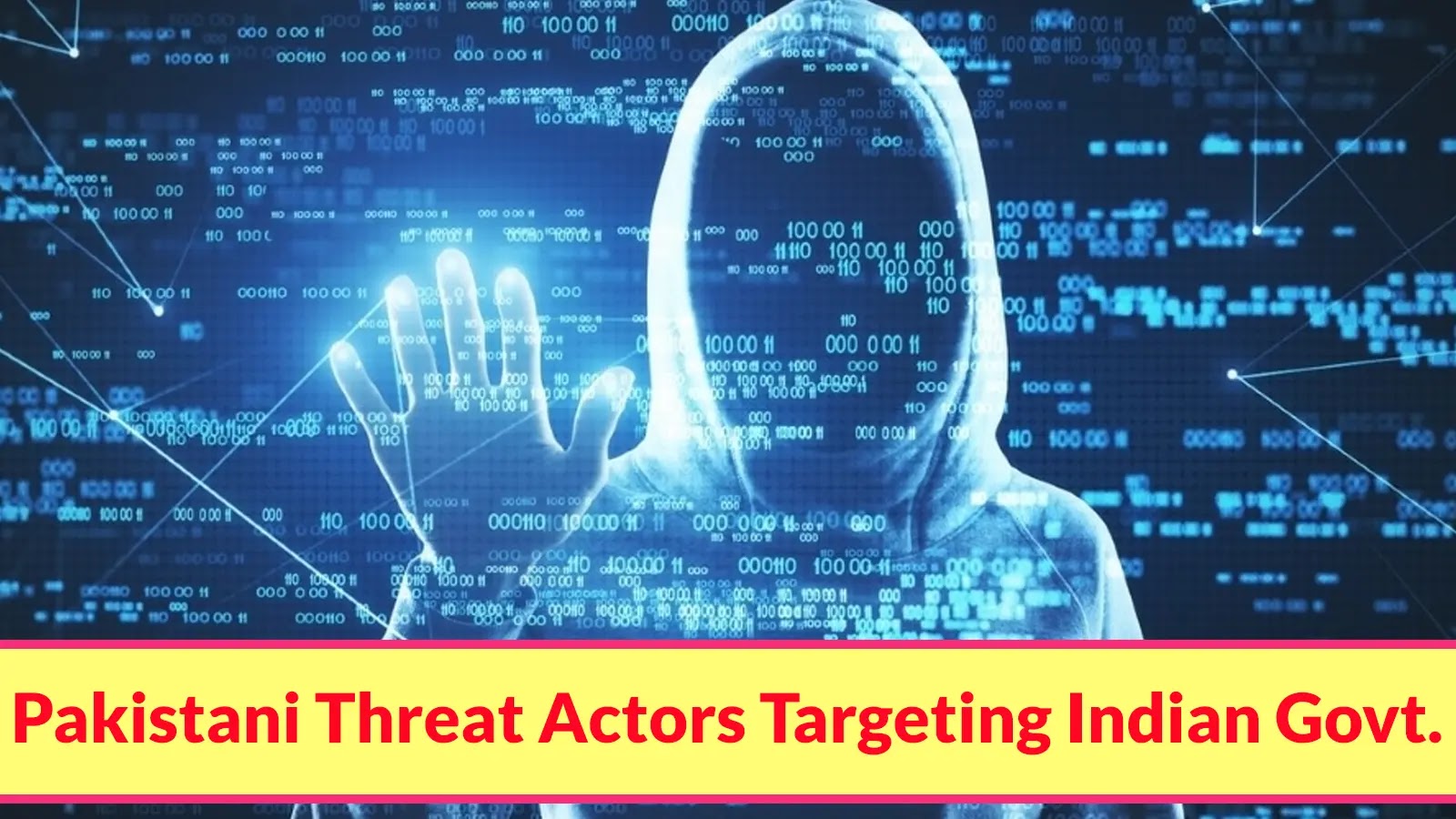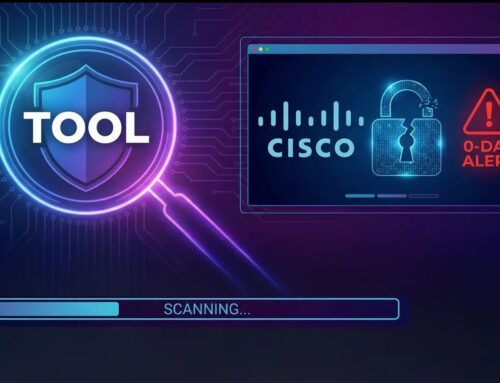
Pakistani Threat Actors Targeting Indian Govt. With Email Mimic as ‘NIC eEmail Services’
The Deceptive Lure: Pakistani APT Targets Indian Government with Fake NIC eEmail Services
In the relentless landscape of cyber warfare, sophisticated threat actors continuously evolve their tactics to compromise sensitive government infrastructure. A recent, concerning development reveals a concerted phishing campaign, attributed to Pakistan-linked entities, specifically targeting Indian government organizations. This operation leverages cunning social engineering to impersonate legitimate National Informatics Centre (NIC) eEmail Services, posing a significant risk to national security and data integrity.
Who is Behind the Attack? Unmasking APT36 (TransparentTribe)
The orchestrators behind this deceptive campaign are identified as APT36, also widely known as TransparentTribe. This advanced persistent threat group has a documented history of targeting government and military entities, primarily in South Asia. Their methodologies consistently involve highly tailored spear-phishing attacks designed to infiltrate networks and exfiltrate sensitive information. The current campaign is a prime example of their continued efforts to exploit trust and leverage well-crafted impersonations.
The Modus Operandi: Mimicking NIC eEmail Services
The core of this attack vector lies in its uncanny resemblance to official communications from the National Informatics Centre. Threat actors are crafting emails that appear to originate from legitimate NIC eEmail Services, an essential communication backbone for the Indian government. This mimicry is crucial for their success, as recipients, expecting such official correspondence, are more likely to interact with malicious links or attachments without adequate scrutiny. The social engineering aspect is designed to bypass initial suspicion, leading to credential harvesting or malware deployment.
- Impersonation: Emails are meticulously crafted to resemble official NIC eEmail Services communications.
- Social Engineering: The content within these emails often pressures recipients to take immediate action, such as verifying account details or accessing secure documents.
- Credential Harvesting: Malicious links embedded in emails redirect users to fake login pages designed to capture their NIC email credentials.
- Malware Delivery: Attachments may contain sophisticated malware disguised as legitimate documents, granting attackers backdoor access to government networks.
Why Target Government Entities? The Stakes are High
Government entities are consistently high-value targets for APT groups due to the invaluable intelligence and strategic data they hold. Compromising these networks can lead to:
- Espionage: Exfiltration of classified documents, policy details, and strategic plans.
- Disruption: Ability to disrupt critical government operations and services.
- Reputational Damage: Undermining public trust in government digital infrastructure.
- Long-Term Access: Establishing persistent footholds for future cyber operations.
Remediation Actions and Proactive Defense Strategies
Defending against sophisticated phishing campaigns orchestrated by groups like APT36 requires a multi-layered approach encompassing technological solutions, robust policies, and continuous user education.
- Enhanced Email Security Gateways: Implement advanced email security solutions with strong anti-phishing, spoofing detection, and sandboxing capabilities. Configure these gateways to aggressively flag or quarantine emails from unverified senders that claim to be from internal or government domains.
- Multi-Factor Authentication (MFA): Enforce mandatory MFA for all government accounts, especially for email services. Even if credentials are stolen, MFA acts as a critical barrier, preventing unauthorized access.
- Security Awareness Training: Conduct regular, realistic phishing simulation exercises tailored to the types of threats government employees face. Educate users on identifying common phishing indicators, such as suspicious sender addresses, generic greetings, urgent language, and unexpected attachments/links.
- Domain-based Message Authentication, Reporting, and Conformance (DMARC): Implement and strictly enforce DMARC policies (along with SPF and DKIM) for all official government domains. This helps prevent threat actors from spoofing official email addresses.
- Endpoint Detection and Response (EDR): Deploy EDR solutions across all government endpoints to detect and respond to malicious activity, including the execution of malware delivered via phishing.
- Network Segmentation: Implement network segmentation to limit the lateral movement of attackers in case a segment of the network is compromised.
- Incident Response Plan: Develop and regularly drill a comprehensive incident response plan specifically for phishing and account compromise scenarios.
- Regular Software Updates: Ensure all operating systems, applications, and security software are kept up-to-date with the latest patches to mitigate known vulnerabilities (e.g., those associated with CVEs like CVE-2023-38831, which could be exploited in a broader context to deliver payloads).
Relevant Detection and Analysis Tools:
| Tool Name | Purpose | Link |
|---|---|---|
| PhishTank | Community-based phishing URL verification | https://www.phishtank.com/ |
| URLScan.io | Sandbox for website analysis and threat detection | https://urlscan.io/ |
| VirusTotal | Comprehensive file and URL analysis using multiple antivirus engines | https://www.virustotal.com/ |
| Proofpoint / Mimecast | Advanced Email Security Gateways | (Vendor Specific) |
| OpenCTI | Threat intelligence platform for APT analysis | https://www.opencti.io/ |
Final Thoughts: Vigilance as the First Line of Defense
The ongoing campaign by APT36 targeting Indian government entities with fake NIC eEmail Services underscores the persistent and evolving nature of nation-state cyber threats. While technical countermeasures are essential, the human element remains a critical vulnerability. Continuous education, coupled with a healthy dose of skepticism towards unsolicited or urgent digital communications, forms the frontline defense against such sophisticated social engineering attacks. Organizations must foster a security-aware culture where every employee understands their role in protecting sensitive information and reporting suspicious activity promptly.





